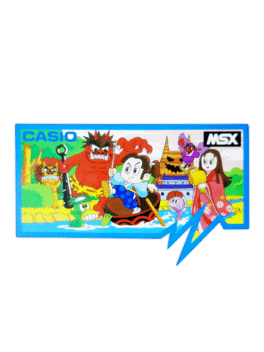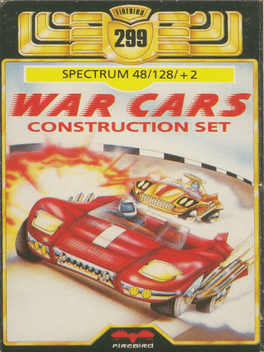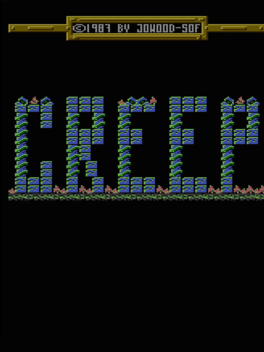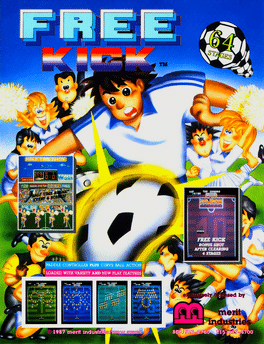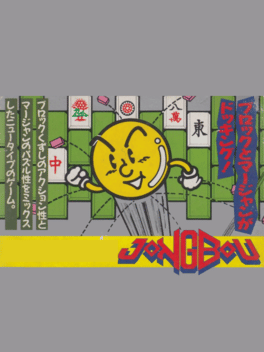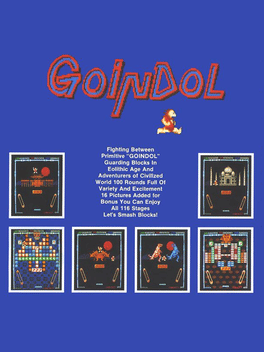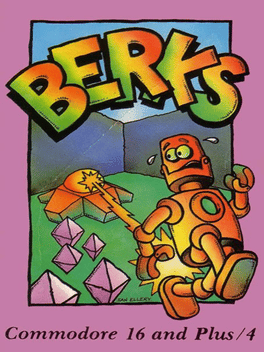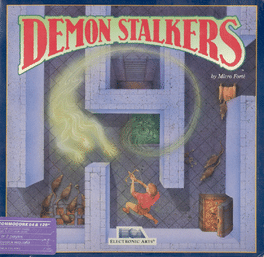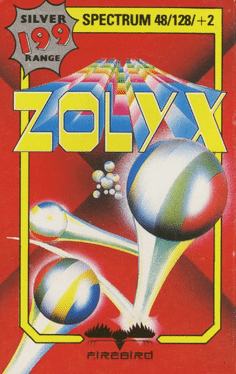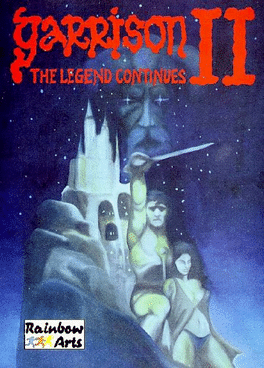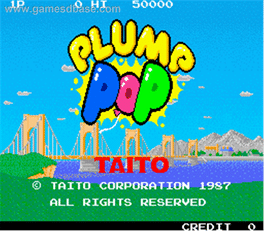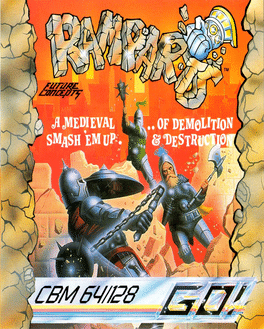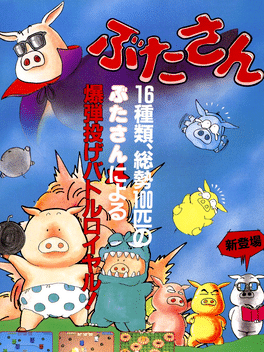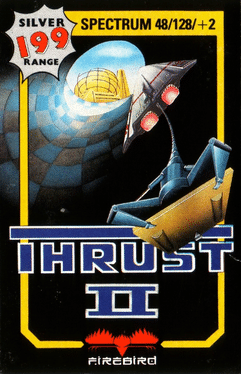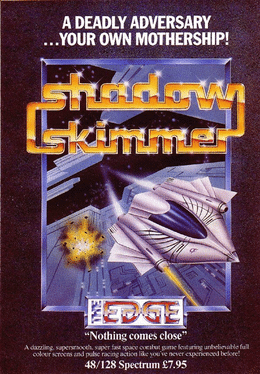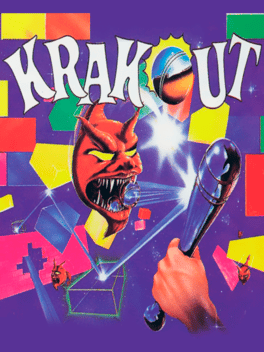New Gb Games - Page 229
-
Issunboushi no Donnamondai
1987
Our hero has to save the princess held by a demon, an Oni, with a sewing needle given our small size although our great value makes up for it. We will have to cross the river and face the demons that we meet on our way until we reach the princess. To face the demons we will have to make use of a magic mallet that our enemies randomly release that will give us a few seconds of immunity. -
War Cars Construction Set
1987
War Cars Construction Set is a race game where you must race against the computer around a large maze viewed from above, collecting flags. Your vehicle also carries two rocks which only one can be deployed at a time. This will block your opponent for a short time. Each car has five lives and if you crash into the other car then you lose one of five lives. The game keeps going, letting you build up a score and it only ends when all lives are lost. -
Dunjunz
1987
Dunjunz
1987
Dunjunz is an action game made for the BBC Micro and Acorn Electron home computers and released by Bug-Byte in 1987. It is essentially a clone of the popular video game Gauntlet where players controlled fantasy characters from a top down view. Unlike Gauntlet, each of the characters is given their own viewport onto the dungeon and can explore independently. -
Creep
1987
-
Free Kick
1987
-
Jongbou
1987
Jongbou
1987
Jongbou is a combination of a Breakout-style arcade game and a Mahjong game. The player can either beat a level by removing all bricks from the screen or finish a valid Mahjong hand by collecting the falling bricks that turned to Mahjong pieces. In the original arcade version the player is rewarded with a picture of an anime-style girl in a sexy outfit after each level. These bonus pictures have been removed from the Nintendo Famicom version. -
Goindol
1987
-
Berks
1987
Berks
1987
Each territory must be cleared of the mindless Berks using the Terror Tank in this single screen shoot'em up written by Jon Williams. -
Super Stuntman
1987
-
Demon Stalkers
1987
-
Zolyx
1987
-
Frenesis
1987
-
Plump Pop
1987
-
Replicart
1987
Replicart
1987
An upgraded version of the Arcade and mobile phone game Snake developed by Dual, published by Sony for the MSX 2 and later published again by Taito for the Famicom Disk System and PC-88. Replicart takes the basic Snake formula and transforms it, similarly to how other simple Arcade games (like Breakout to Arkanoid) were receiving contemporary make-overs for home console versions that expanded the basic concept and added plenty of extra features. In Replicart, as in Snake, the goal is to move a robotic snake in the four cardinal directions around a single screen level and collect items that will increase the snake's size. Once the snake is long enough the exit will appear and the player will be able to progress to the next level. Each level has a different smattering of obstacles that the player must avoid, which also includes any other part of the snake itself. Though originally released on the MSX 2 home computer by Sony, it was later ported by Taito to the PC-88 and Famicom Disk System. The FDS version saw the -
Ramparts
1987
Ramparts
1987
Not to be confused with Atari Games' Rampart, Ramparts is in fact a clone of Bally Midways' Rampage, but with a medieval theme, and players are giant knights instead of monsters. The game is for one or two players simultaneously. The game takes place on a single screen, where the player(s) can move left and right on one foreground plane, and the object is to destroy a castle, each phase, by scaling and punching the individual buildings until each, and all collapses. Buildings will often overlap, requiring some to be taken down before others. Players will be harassed by witches, goblins, archers and the like. -
Butasan
1987
Butasan
1987
The object of Psycho Pigs UXB is to eliminate your opponents (who are pigs) by throwing bombs at them. When thrown, the bombs will count down from the number shown on the bomb, exploding when they reach zero or when they hit their target, whichever comes first. Items can be picked up along the way that will help you defeat opponents, like a knapsack that allows you to carry more than one bomb at a time. After certain levels, a bonus game appears, and the object of this game is to attempt to kiss the lady pigs as they pop in and out of holes. -
Thrust II
1987
-
Shadow Skimmer
1987
Shadow Skimmer
1987
A multi-directional shoot'em up in which the player tries to find the exit out of a giant automated spaceship by piloting the Shadow Skimmer over its surface. -
Krakout
1987
Krakout
1987
Arkanoid-style Breakout clone, which unlike most other similar games has the bat on the side of the screen (there is a left/right option) instead of at the bottom. There are a number of types of special bricks, but unlike e.g. Arkanoid, they do not fall towards the bat. Instead, when you hit a special brick, it flips to show a letter. E.g. E (Extend bat), C (Catch ball), M (Missile), B (Bomb, explodes when hit by ball, clearing a number of bricks) and X (Extra life). The enemies/obstacles are more varied than in Arkanoid. Some make the bat freeze, some actually chew and eat your ball and spit out the core back at you!
